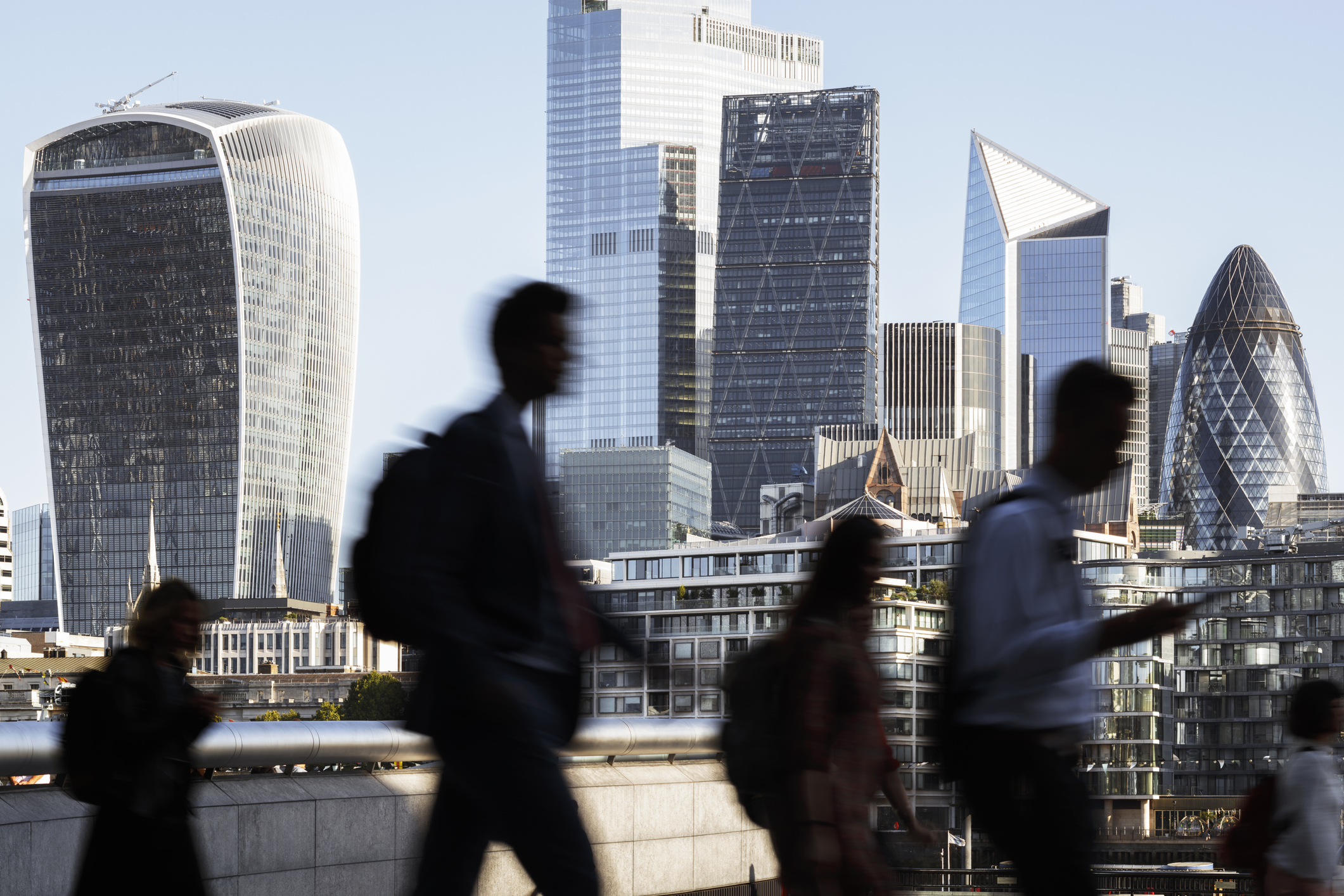What’s the smart money doing to prepare for a recession?

Last year was a year of surprises for investors and traders. After three years of turbulence, the pandemic, war in Eastern Europe, inflation and the end of the ultra-low interest rate regime, analysts widely expected markets to end the year lower and economies around the world to contract.
In fact, the opposite happened. The MSCI World Index, which covers 85% of all publicly traded stocks in the developed world, returned over 14% last year. Meanwhile, the world’s largest economy, the US, expanded at an annualised rate of 4.9% in the third quarter (the final figures for the year are still being compiled, but they’re unlikely to show anything other than growth considering the figures published for the first nine months of 2023).
Other asset classes also recorded strong returns. Gold touched an intra-day all-time record of over $2,100 towards the end of the year. Investment grade credit returned 10.2%, high-yield bonds returned 14%, infrastructure investments returned 6.8%, and even cash, which has been a terrible investment for over a decade, returned 5%.
MoneyWeek
Subscribe to MoneyWeek today and get your first six magazine issues absolutely FREE

Sign up to Money Morning
Don't miss the latest investment and personal finances news, market analysis, plus money-saving tips with our free twice-daily newsletter
Don't miss the latest investment and personal finances news, market analysis, plus money-saving tips with our free twice-daily newsletter
Too good to last
Many analysts believe this environment is too good to last. Higher interest rates are already starting to have an impact on economies, dragging down consumer spending and increasing the cost of borrowing. Consumer spending, which has held up well so far, is starting to crack on some metrics while attacks on shipping in the Middle East threaten to reignite inflation with supply chain disruption and higher oil prices.
Then there are elections. Around one-third of the world’s population will go to the polls this year. There will be elections in the US, India, Turkey, South Africa and the UK.
One of the reasons why markets performed so strongly in 2023, particularly towards the end of 2023, was a shift in expectations. Traders went from betting interest rates would stay high to betting they’d start to re-trace in the first half of 2024. Investors are betting that the Fed could cut rates by as much as 1.5% by the end of 2024. While this might boost asset prices, markets are still getting used to this shift. The world still seems to be fixed on a idea that money will be going back to being ‘free.’
The new interest rate regime
Despite the abovementioned risks, the smart money isn’t buying into the idea that rates will return to zero anytime soon. Higher rates make riskier assets, such as loss-making technology stocks, cryptocurrencies, and small caps, less attractive, which is why smart money has been shifting away from these more speculative assets.
Instead, traders have been shifting to companies that could benefit from long-term thematic themes, such as AI, healthcare, and infrastructure. These sectors are likely to see continued demand for their products and services no matter what the future has in store in 2024.
Healthcare is a great example. US demographics are at an inflexion point. The country has hit “peak 65” — the largest number of people ever reaching traditional retirement age. That will lead to more demand for healthcare, and people of all ages are willing to pay for it.
For example, new therapies that promote weight loss could add over $100 billion of revenue to the $1.5 trillion prescription drug market, according to an analysis by BlackRock.
Then, there’s the AI healthcare market, where AI tools are used to enhance the drug discovery and treatment process. BlackRock estimates the AI healthcare market, worth $9 billion in 2022, will skyrocket to $188 billion in 2031.
This combines two of the biggest thematic trends in the world today - AI and healthcare. The demand for healthcare and new treatments is growing exponentially, but it can take up to 15 years to bring a new drug to market, and the success rate for new drugs making it to the drawing board to market is less than 10%. According to BlackRock, AI can shorten this process by as much as 50%.
In a world of uncertainty, smart money is focusing on these long-term themes, which have decades-long growth runways ahead of them.
Your capital is at risk. 69% of retail investor accounts lose money when trading spread bets and CFDs with this provider. You should consider whether you can afford to take the high risk of losing your money.
Get the latest financial news, insights and expert analysis from our award-winning MoneyWeek team, to help you understand what really matters when it comes to your finances.
MoneyWeek is written by a team of experienced and award-winning journalists, plus expert columnists. As well as daily digital news and features, MoneyWeek also publishes a weekly magazine, covering investing and personal finance. From share tips, pensions, gold to practical investment tips - we provide a round-up to help you make money and keep it.
-
 Why you fear money – and how to fix it: MoneyWeek Talks
Why you fear money – and how to fix it: MoneyWeek TalksPodcast MoneyWeek's digital editor, Kalpana Fitzpatrick, speaks to financial psychotherapist Vicky Reynal about how to change your money mindset for the better.
-
 How cancelling unused direct debits could boost your pension by £37,000
How cancelling unused direct debits could boost your pension by £37,000A new year refresh of your spending could save you money and help boost your pension pot.

